ID:166 Typhoon, storm surge, and wave modelling and damage assessment
- Date
- 2015-03-16(Mon)
- Time
- 9:00-20:00(Door Open 9:00)
- Venue
- Sendai Civic Auditorium Meeting Room 1
Report has released
- Language
- English
- Translation
- Interpreter on Staff
Contact/Entry
E-mail:bricker*irides.tohoku.ac.jp (Please replace * to @)
International Research Institute of Disaster Science, Tohoku University
http://hydraulic.lab.irides.tohoku.ac.jp/app-def/S-102/2014/?page_id=268
Organization
Tohoku University International Research Institute of Disaster Science (IRIDeS)
Tags
Report
| Number of participants | 50 |
|---|
Applications of storm surge models in the US, the Philippines, Japan, and Taiwan were presented. Europe, the Americas, and Japan each use different models for weather forecast and reanalysis, so the necessity to compare results of these different models and the effect of differences on storm surge and wave prediction and hindcast came to light. The need for phase-averaged vs. phase-resolving wave models to simulate storm surge and wave phenomena striking cities near coral reefs and wetlands during typhoons and hurricanes were debated, applied to the recent examples of Typhoon Haiyan in the Philippines and Hurricane Sandy in the US. The study of tidal bores, which occur regularly and are thus easier to measure than unpredictable tsunamis or hurricanes, was discussed as a way to better understand the physics of destructive bores and plan countermeasures to such events. The tradeoffs between 2-dimensional and 3-dimensional models were also debated, including bottom stress parameterization, run time, and dispersion. Participants also discussed methods to predict, survey, and mitigate hurricane damage to buildings, infrastructure, and utilities. Furthermore, sediment deposits were presented as a proxy for investigating prehistoric storm surge inundation extent, but also as a source of turbidity when entrained into terrestrial rivers and the coastal ocean.
Downloads
Outline
Typhoon Haiyan caused heavy damage due to both expected storm surge and unexpected large wave phenomena. Reliable prediction and assessment of storm hazards is essential to reducing the vulnerability of coastal communities subject to hurricanes and typhoons. The cutting edge of wave modeling and storm damage/risk assessment will be debated in this workshop.Detail
9:00-9:10
Jeremy Bricker (Tohoku U.)
Introduction
9:10-9:30
Karl Kim (University of Hawaii)
Learning from Disaster: Co-Benefits of Tsunami, Storm Surge, and Sea Level Rise Mitigation and Adaptation Strategies
9:30-9:50
Seth Guikema (Johns Hopkins University, Maryland, USA)
Hurricanes, Climate Change, and Power System Impacts
9:50-10:10
Tori Tomiczek (University of Notre Dame, Indiana, USA)
Hydrodynamic Damage Scheme and Fragility Functions for Hurricane Sandy’s Effects in Coastal New Jersey
10:10-10:30
Takuya Miyashita (Kyoto University, Japan)
Hydrodynamic Forces by Tsunami and Storm Surges Acting on City Scale Model
10:30-10:50
Mathew Francis (AECOM Consulting Engineers, Utah, USA)
FEMA HAZUS Building Code Losses Avoided – Hurricane Winds
10:50-11:00
discussion
11:00-12:00
catered lunch
12:00-12:20
Nobuhito Mori and Tomohiro Yasuda (Kyoto University, Japan)
Modeling of Super Typhoon Haiyan and Related Storm Surge and Waves
12:20-12:40
Hisamichi Nobuoka and Tomohiro Yasuda (Ibaragi University, Japan)
Costal Flood behavior due to Typhoon Haiyan in Hernani based on Field Surveys and Interviews
12:40-13:00
Volker Roeber (Tohoku University, Japan)
Amplification of Destructive Waves by Coral Reef during Typhoon Haiyan, Philippines
13:00-13:20
Maarten van Ormondt (Deltares, Delft, The Netherlands)
Understanding the mechanisms that led to coastal flooding during Cyclone Haiyan
13:20-13:40
Masashi Watanabe (Tohoku University, Japan)
Sediment transport due to storm surge and waves during Typhoon Haiyan in the Philippines
13:40-14:00
discussion
14:00-15:00
break
15:00-15:20
Seth Lawler and Celso Ferrera (George Mason University, Virginia, USA)
Application of ADCIRC + SWAN to assess geospatial potential of wetlands to attenuate storm surge damage and hurricane flooding in the Chesapeake Bay
15:20-15:40
Troy Heitmann (University of Hawaii)
Dispersion Preserving Numerical Schemes for Coastal Wave Propagation
15:40-16:00
Bagus Adityawan (Tohoku University, Japan)Dam Break Flow Simulation Using Simultaneous Coupling Method (SCM)
16:00-16:20
William Pringle (Kyoto University, Japan)
Two-way coupled modeling of wave breaking dynamics and inundation under storm waves
16:20-16:40
Fabien Retif (University of Montpellier, Montpellier, France)
Storm surge modelling from the ocean to the beach during typhoons crossing Taiwan
16:40-17:00
discussion
17:00-18:00
catered dinner
18:00-18:20
Kwok Fai Cheung (University of Hawaii)
Integration of Coastal Inundation Modeling from Storm Tides to Individual Waves
18:20-18:40
Guillaume Auger (Ritsumeikan University, Japan)
Simulation of sewage dispersal in Lake Biwa in using a particle tracking approach
18:40-19:00
Hubert Chanson (University of Queensland, Brisbane, Australia)
Bores, Surges and Hydraulic Jumps: from tidal bore field measurements to tsunami-induced bore propagation – can we trust hydraulic modelling?
19:00-19:20
Taro Arikawa (Port and Airport Research Institute, Japan)
Consideration of failure mechanism of seawall under storm surge
19:20-19:30
discussion


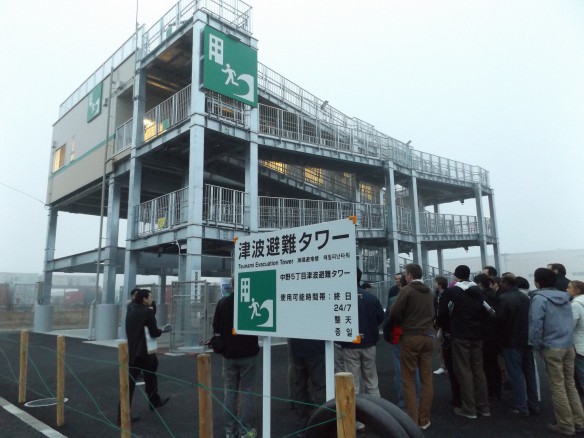
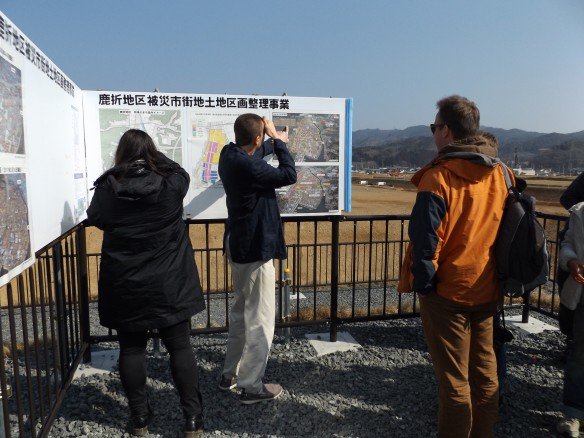
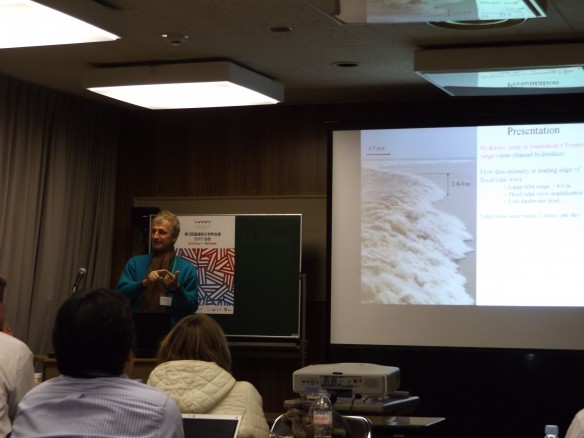
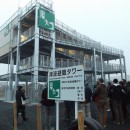
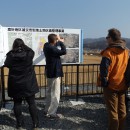
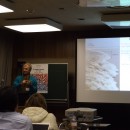
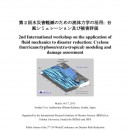 Handout
Handout

